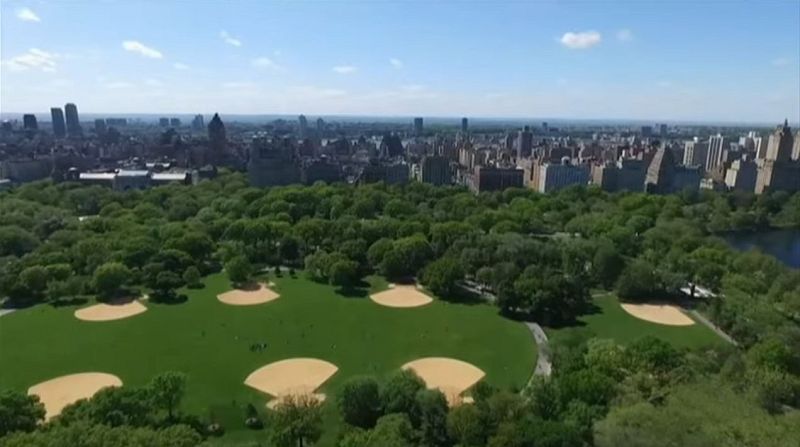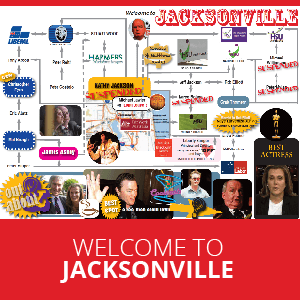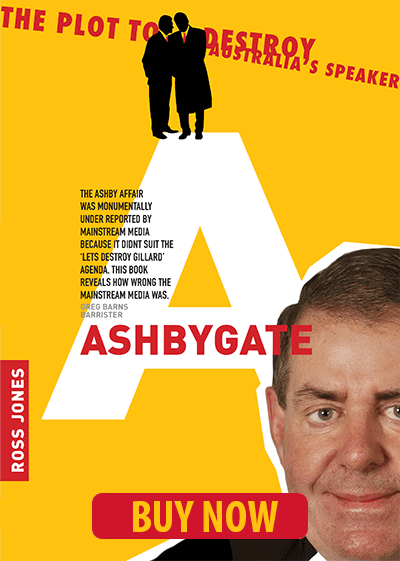Due to economic and environmental reasons, golf courses in Australia are being reduced, writes Jordan Fuller.
IN AUSTRALIA'S MAJOR CITIES, a fight is underway over the necessity of golf courses. With a surging population in some of the country’s most densely urban areas, many leaders are wondering if golf courses, taking up prime real estate in most of these metropolitan areas, are even worth the trouble.
Golf is under siege in Australia for several reasons. Not only is overcrowding becoming an issue in Australia, but due to a shrinking pool of high volume players, clubs are struggling to attract attention. With a membership at golf clubs shrinking by 20 per cent over the past two decades, golf clubs across Australia are failing to stay afloat as the costly overhead decimates their bottom line.
Public courses that are funded by cities are the most vulnerable to these potential rollbacks. With the smaller participation in golf, city-run courses that generate weaker revenue figures and lower equipment sales (such as push carts that represent easy upsells for clubs) make it harder to cover the salaries of staff and the costly upkeep of the grounds. For city leaders, these sagging numbers are opening a debate for the viability of golf throughout the country.
Sydney golf courses: how many is too many? Clover Moore proposes slimming Moore Park @jakesaulwick https://t.co/jwQB11O6re
— SMH Sport (@SMHsport) July 29, 2016
For golf writers like Darius Oliver, the writing is on the wall for a massive reduction in golf courses across Australia.
Oliver wrote:
‘A big Australia means more people living in metropolitan areas and those areas likely carry fewer and fewer golf courses. Maintaining the percentage of participation in golf seems forlorn now and no doubt the governing body will soon start focusing on maintaining approximate participation numbers.’
The argument for removing iconic golf courses from around Australia’s largest cities has seen support surge as more and more leaders offer alternatives for the land now taken by these clubs.
In Sydney, over 30 golf courses within the city’s boundaries are under scrutiny. Leading the debate of the viability of the city’s courses is Lord Mayor Clover Moore. Moore has been vocal about her distaste of golf and how the game reduces space for housing in the city.
One of Mayor Moore’s targets for reduction is the Moore Park Golf Course. The iconic course provides a stunning view of downtown and offers golfers a wide-open layout that has become one of the city’s favorite places to play.
Moore contends that the space used for Moore Park’s course could repurpose into land for residences or alternative recreation and said:
“Across the world, golf courses are slimming down to a modern nine-hole format. I’m open to working with the state to investigate options for reducing the size of the golf course at Moore Park and returning some of that land to the community.”
Golf courses in the crosshairs as Sydney councils seek space for sporting fields and parks https://t.co/mvTqcxbnQT
— The Sydney Morning Herald (@smh) June 2, 2017
Despite Moore’s plans to reduce the course to just nine holes, the Moore Park location has remained at 18 holes for the time being. One of the reasons that the course has stayed alive is that Moore Park still generates close to one-quarter of the $24 million that the city needs to run parklands around the area.
For other courses, the revenue stream is nothing like Moore Park and the drain on the local funds has cities searching for alternate uses for their lagging golf courses.
In Brisbane, the city-owned Victoria Park Golf Course will be closed and remade into a 45-hectare park. Brisbane Lord Mayor Adrian Schrinner said that the allure of creating a world-class park was too tempting when considering Victoria Park’s falling revenue numbers.
In an interview, Schrinner said:
When you think of some of [the] great parklands across the globe, Central Park in New York City, Lumpini Park in Bangkok and Hyde Park in London come to mind for their hundreds of trees, free attractions and for offering people a green sanctuary within a busy capital city.
About 26 hectares of this council land is currently used as a pay and play public golf course, which over recent years has seen a decline in patronage and a reduction in revenue.
Another factor that is cutting into support for keeping these golf courses is the climate change factor. Golf courses need thousands of liters of water each day during the hottest months to stay healthy. With increasing populations demanding more resources, cities are looking to cut consumption in various areas and golf courses are primary targets.
Government officials are under pressure to maximise these fertile areas for other environmental projects such as the Victoria Park project in Brisbane. Industry expert Jeff Blunden argues that city officials are less inclined to care about golf and its community of players when looking at the considerable growth most of these cities are experiencing.
“A lot of them will have no emotional attachment to golf whatsoever. They like the green element. They like the tree element. They like the environmental element. But from time to time, hard decisions are going to be made. And if you don’t own your land, well then you’re really vulnerable.”
As the population grows and resources become more limited, we can expect a curtailing of support for public golf courses by these cities, raising the question of how will golf survive in Australia in the coming years?
Jordan Fuller is a golf expert, coach and mentor. He is the creator of the website golfinfluence.com and you can follow him @jofullergolf.
Within 10km of my home in SW Sydney there are 10 golf courses with dwindling membership & some having to rely on poker tournaments to stay solvent. They should be turned into public parks, sporting fields & green space that can benefit the entire community https://t.co/9nVXntJqF5
— Sally Sitou | 陈莎莉 (@ssitou) April 8, 2019
 This work is licensed under a Creative Commons Attribution-NonCommercial-NoDerivs 3.0 Australia License
This work is licensed under a Creative Commons Attribution-NonCommercial-NoDerivs 3.0 Australia License
Support independent journalism Subscribe to IA.










